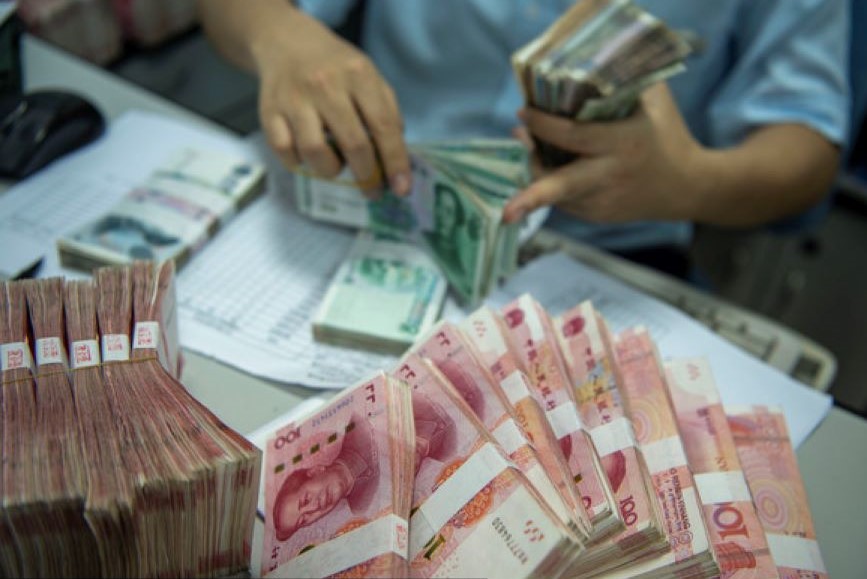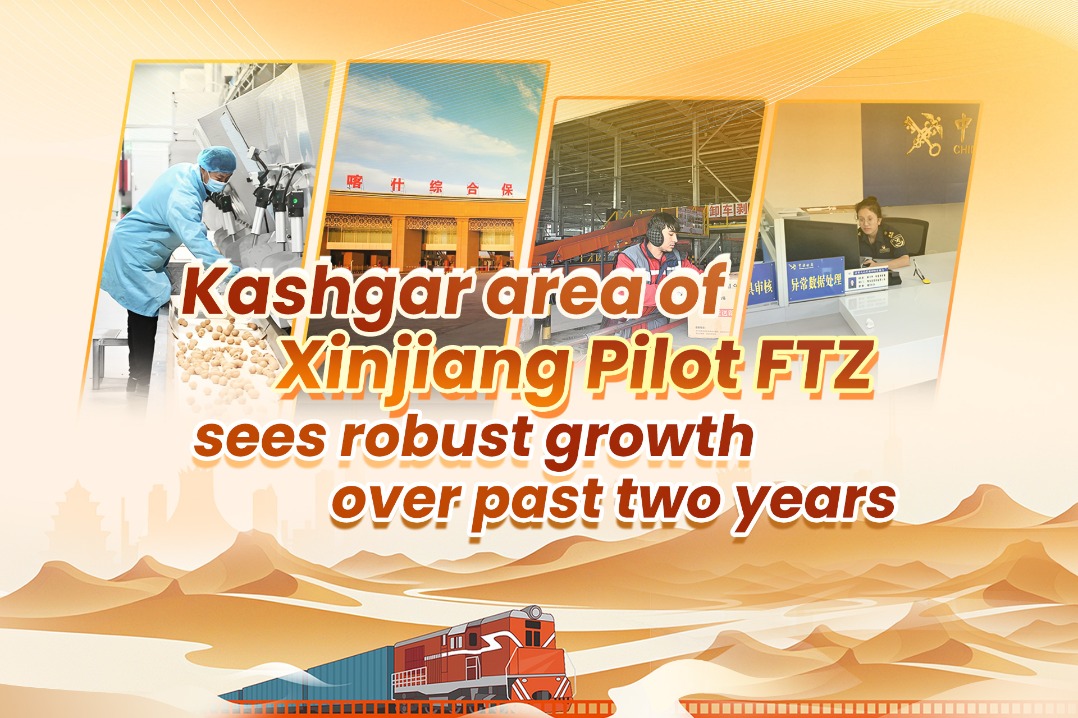Practical referential experience in growth without harming environment


In his speech delivered to the China Development Forum in Beijing on Sunday, World Bank President Ajay Banga said China's remarkable development over the past decades proves anything is possible.
"In 1978, 770 million people in China lived on the razor's edge of extreme poverty. Nearly every single person — 98 percent — in the rural countryside were below the poverty line," he said. "But, the same year, China launched a determined strategy to embrace difficult reforms that fundamentally changed its development trajectory."
What Banga said of China's development is to the point. Thanks to the reform and opening-up process, China has grown from a poor and backward country to becoming the world's second-largest economy and built a moderately prosperous society in all respects. It succeeded in eradicating absolute poverty by the end of 2020, lifting about 800 million people out of poverty in all, and enlarging its middle-income group to over 400 million people.
Despite the severe impact of the COVID-19 pandemic, China was the first major country to realize economic recovery in 2020, achieving a 2.3 percent GDP growth, compared with negative economic growth in many other major economies. In the face of a volatile international environment and domestic difficulties, China's GDP exceeded 126 trillion yuan ($17.49 trillion) in 2023, an increase of 5.2 percent year-on-year, significantly faster than 2.5 percent of the United States, 0.5 percent of the eurozone and 1.9 percent of Japan.
It is estimated that for every one percentage point decline in world economic growth, 100 million people will fall into poverty. But as Banga said, China's economic growth was so significant it was responsible for cutting the global poverty rate from 44 percent to 9 percent by creating a lot of jobs. "This proves that job creation is the surest path to poverty eradication and prosperity."
After decades of high-speed economic development, China has also paid a costly price for the environment, but it has profoundly realized this and is going all out to change it by promoting economic transformation and upgrading to achieve high-quality development. It has vowed to peak its carbon dioxide emissions before 2030 and achieve carbon neutrality before 2060, the highest reduction in carbon intensity globally and the shortest time in global history to transition from carbon emissions peak to carbon neutrality. Such efforts by China have paid off. Now, blue skies are more common in China, just as Banga said. "This result — like China's economic rise — was the product of hard work".
China's experience in protecting the environment while maintaining sound economic development is becoming a model that is being imitated by other developing countries.


































